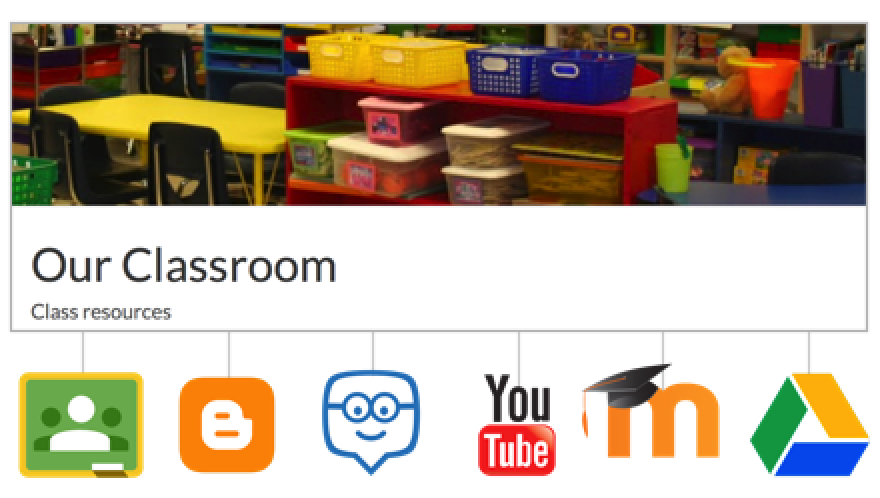The first item on the checklist of many schools planning for the introduction of BYOT is ‘what type of devices do students need’?
In fact, experience in schools where BYOT has been a success suggests that this consideration should be towards the latter end of your BYOT planning checklist.
So, where should we start?….
| 1. A school culture of trust, respect, independence and co-operation | |
|
|
Experience suggests that ‘school culture’ is a key ingredient of any successful program that is constructed around an independent learning environment. Such a culture is built over time, and is dependent on committed and caring leadership, and engagement with the whole school community. Some discussion at the links below… |
| 2. An active ‘Blended Learning’ environment in classrooms | |
|
|
This involves teachers creating meaningful online units or work in a way that makes use of the digital environment (ie – not just substitution for pen and paper activities – see SAMR below). It is essential that each class has a web site to deliver, or provide reference to, these online activities. It isn’t that difficult to do. If teachers can use Facebook they can use Google Classroom, Edmodo, Weebly or Google Sites to develop an online learning environment. But of course, opportunities for related (and meaningful) professional learning are vital.
Putting the theory into practice… |
| 3. Community and parental involvement and understanding | |
|
|
The school also needs to be aware of barriers, hurdles and concerns faced by parents in meeting the school’s expectations – and to develop effective strategies to address these issues. Information nights, resources and FAQs to share the vision with parents are another critical ingredient in a successful BYO program. And the conversation should start with – and stay focussed on – learning outcomes, rather than technology discussions. |
| 4. Sound, sensible guidelines and policies | |
|
|
It is important that these policies focus on improved learning outcomes, rather than getting tied up too much in mandating narrow technical specifications – such imposed specifications can easily become restrictions to innovative ideas and practices. Here are some ideas from other schools…. |
| 5. Device specifications | |
|
|
There should be no need for the school to mandate a brand, an operating system or specific apps – the true measure of what are ‘appropriate technologies’ is if students using their chosen technologies can successfully participate in class activities and achieve curriculum learning outcomes. Remember, BYO is all about students bringing their own technologies to school – the technologies that they use in their everyday activities outside the classroom. The links to school community information below include suggestions for devices that are appropriate for use in regards to those schools’ programs. |


 Of course, this is not something that can be an instant creation.
Of course, this is not something that can be an instant creation. Once every student has full-time access to a mobile device at school, easy access to relevant online learning resources is critical.
Once every student has full-time access to a mobile device at school, easy access to relevant online learning resources is critical. Parents have to ‘get it’. Teachers have to ‘get it’. The whole school community has to have a shared understanding of why the school is encouraging students to bring their own technologies to school for use in learning activities.
Parents have to ‘get it’. Teachers have to ‘get it’. The whole school community has to have a shared understanding of why the school is encouraging students to bring their own technologies to school for use in learning activities. Regardless of how much of a ‘trust culture’ exists in any school, clear policies and guidelines are required to steer the BYOT program in the right direction, and to assist in addressing community concerns.
Regardless of how much of a ‘trust culture’ exists in any school, clear policies and guidelines are required to steer the BYOT program in the right direction, and to assist in addressing community concerns. Student-owned devices (and software) have to be able to connect to the school network, negotiate proxy servers, connect to online services, have adequate battery capacity to last throughout a school day, and be physically durable enough to withstand the rigours of school life.
Student-owned devices (and software) have to be able to connect to the school network, negotiate proxy servers, connect to online services, have adequate battery capacity to last throughout a school day, and be physically durable enough to withstand the rigours of school life.